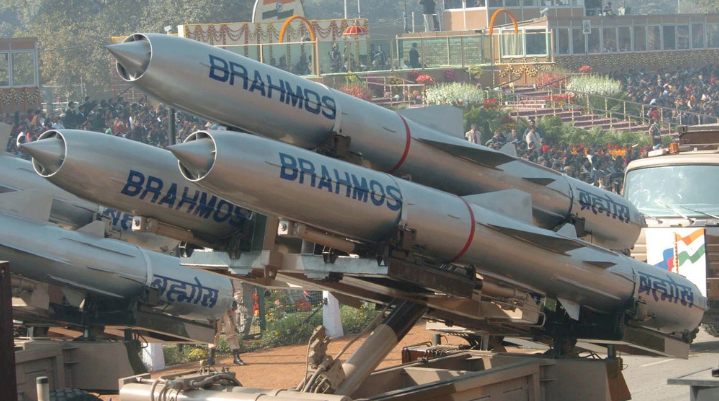Integrated Guided Missile Development Programme
The Integrated Guided Missile Development Programme (IGMDP) was a pioneering project launched by the Indian Ministry of Defence in 1983. The programme aimed to achieve self-sufficiency in the development and production of a wide range of guided missiles, enhancing India’s indigenous defence capabilities.
Background
In the early 1980s, India relied heavily on foreign countries for its missile technology. Recognizing the need for self-reliance in this critical area, the Indian government, under the leadership of Prime Minister Indira Gandhi, initiated the IGMDP. The programme was spearheaded by the Defence Research and Development Organisation (DRDO) and involved close collaboration with various public and private sector industries.
Objectives
The primary objectives of the IGMDP were:
- To develop indigenous guided missile systems covering short, medium, and long-range applications
- To achieve self-sufficiency in missile technology and reduce dependence on foreign suppliers
- To enhance India’s defence preparedness and deterrence capabilities
- To foster research and development in related fields, such as propulsion, navigation, and guidance systems
- To promote the growth of India’s defence industry and create employment opportunities
Missiles Developed Under IGMDP
The IGMDP focused on the development of five key missile systems:
- Prithvi: A surface-to-surface tactical missile with a range of 150-300 km. It was inducted into the Indian Army in 1994.
- Agni: A family of medium to intercontinental range ballistic missiles. The Agni series includes Agni-I (700 km), Agni-II (2,000 km), Agni-III (3,000 km), Agni-IV (4,000 km), and Agni-V (5,000+ km).
- Trishul: A short-range surface-to-air missile designed to counter low-flying targets. However, the project was later abandoned due to technical challenges.
- Akash: A medium-range surface-to-air missile system capable of engaging multiple targets. It was inducted into the Indian Army and Air Force in 2015.
- Nag: A third-generation anti-tank guided missile with a range of 4-10 km. It is equipped with an imaging infrared seeker for target acquisition.
Key Achievements
The IGMDP has been a game-changer for India’s defence capabilities. Some of the notable achievements of the programme include:
- Successful development and operationalization of the Prithvi and Agni missile systems
- Induction of the Akash missile system into the Indian armed forces
- Significant advancements in indigenous missile technology, including propulsion, guidance, and navigation systems
- Establishment of a robust defence industrial base, with increased participation of private sector companies
- Enhancement of India’s strategic deterrence capabilities and geopolitical influence
Challenges Faced
Despite its successes, the IGMDP also encountered several challenges:
- Technical complexities in missile development, leading to project delays and cost overruns
- Limited access to advanced technologies and components due to international export controls
- Coordination and integration issues among various stakeholders, including DRDO labs, public sector units, and private companies
- Resource constraints and competing priorities within the Indian defence establishment
Current Status and Future Outlook
The IGMDP officially concluded in 2008, having achieved most of its objectives. However, missile development continues under the aegis of the DRDO and other defence organizations.
India has made significant strides in missile technology since the inception of the IGMDP. The country has successfully developed a range of indigenous missile systems, including the Prithvi, Agni, Akash, and BrahMos (a joint venture with Russia).
Looking ahead, India aims to further enhance its missile capabilities through the development of advanced systems like the Agni-VI intercontinental ballistic missile, the Nirbhay subsonic cruise missile, and the Astra beyond-visual-range air-to-air missile.
The Integrated Guided Missile Development Programme was a transformative initiative that laid the foundation for India’s self-reliance in missile technology. Through the IGMDP, India has not only strengthened its defence capabilities but also emerged as a key player in the global defence industry.
The success of the IGMDP is a testament to India’s scientific and technological prowess, as well as its commitment to achieving self-sufficiency in critical defence technologies. As India continues to invest in missile research and development, the IGMDP’s legacy will undoubtedly shape the country’s defence landscape for years to come.


